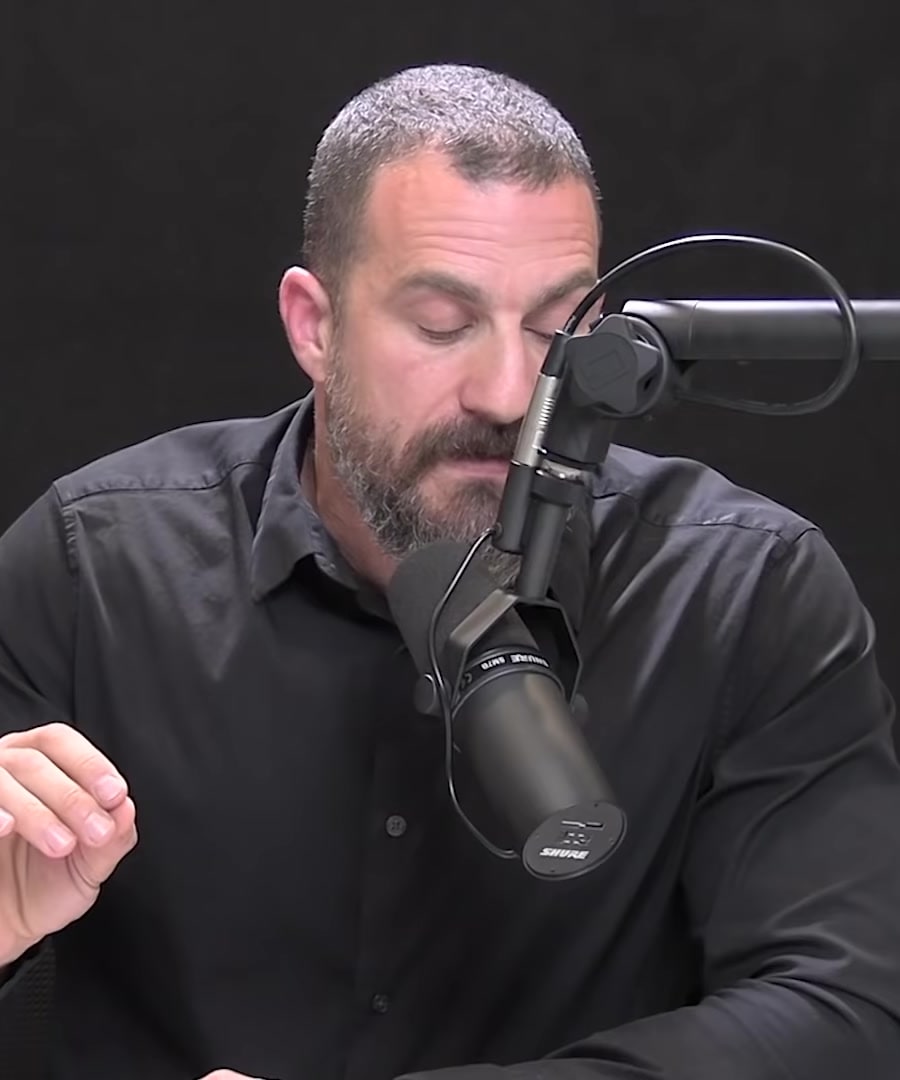How do attachment styles develop?
Sources:
Attachment styles develop primarily through early interactions between a child and their caregiver, a concept explored in depth by Mary Ainsworth in the 1980s through the "strange situation task." This task showed how toddlers respond to the presence and absence of their caregiver, categorizing their reactions into different attachment styles that have predictive power for later relational interactions throughout life 1.
The four main attachment styles identified are:
- Secure Attachment: The child feels confident that the caregiver will be responsive to their needs, showing distress when the caregiver leaves but happiness upon their return.
- Insecurely Attached (Anxious-Avoidant): The child tends to avoid or ignore the caregiver, showing little emotion upon the caregiver's departure or return.
- Resistant-Insecure (Anxious-Ambivalent): The child shows distress even before the caregiver leaves and is difficult to comfort upon their return.
- Disorganized (Disoriented): These children display tense and unusual behaviors during separations and reunions, indicating confusion and lack of clear attachment behavior 2.
These attachment styles are not fixed and can change across the lifespan through psychological processes and biological adjustments. Understanding and addressing one’s attachment style can lead to improved relationship dynamics in adulthood 3.
RELATED QUESTIONS


